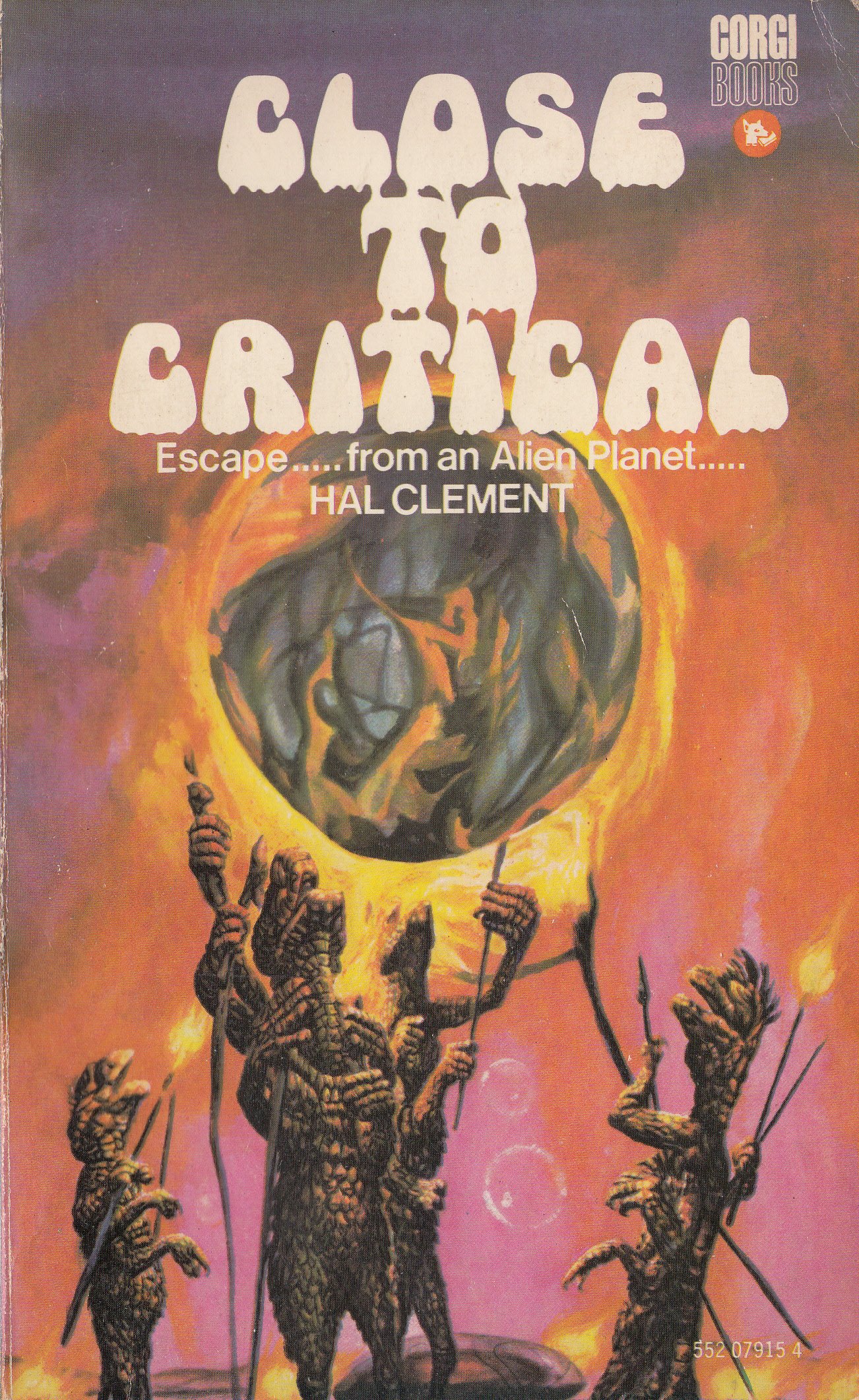Close to Critical

Review
Close to Critical is the second book in the Mesklin series. It tells the story of a spaceship carrying the children of two ambassadors that crashes on an inhospitable planet, forcing humans to collaborate with the primitive native aliens to rescue them.
Easy Rich,1 the 12-year-old daughter of a human diplomat, and ‘Mina, the 7-year-old son of a Drommian diplomat, crash-land on the planet Tenebra following an almost immersion-breakingly improbable series of events that starts with them playing in a spaceship and ends with them under an ocean of sulfuric acid. With the planet too inhospitable for humans, the only people who can help are the natives that the humans kidnapped 16 years before and raised under the guidance of Fagin, the robotic lander. Complicating matters are the (justifiably) strained relations between the humans and the Drommians, caused by the humans’ failure to keep the children safe in the first place.
had trouble creating tension in the other two books of the Mesklin series: Mission of Gravity and Star Light. In Close to Critical he does better by creating an antagonist on the planet who works against the humans and their allies. However, like in his other stories, the tension fades away quickly at the end.
Once again, prioritizes his “game”2 of world-building and maintaining consistency over crafting a compelling narrative. The result is a fine but not great book.
-
Easy Rich has grown up and changed her name to Easy Hoffman in Star Light; the only connection between Close to Critical and the rest of the Mesklin series. ↩
-
Writing a science fiction story is fun, not work. […] The fun, and the material for this article, lies in treating the whole thing as a game. I’ve been playing the game since I was a child, so the rules must be quite simple. They are; for the reader of a science-fiction story, they consist of finding as many as possible of the author’s statements or implications which conflict with the facts as science currently understands them. For the author, the rule is to make as few such slips as he possibly can.
Clement, Hal. “Whirligig World” Astounding Science Fiction. Edited by John W. Campbell, Jr. vol. 51, no. 4. Street & Smith Publications. June 1953. pp. 102–114. ↩